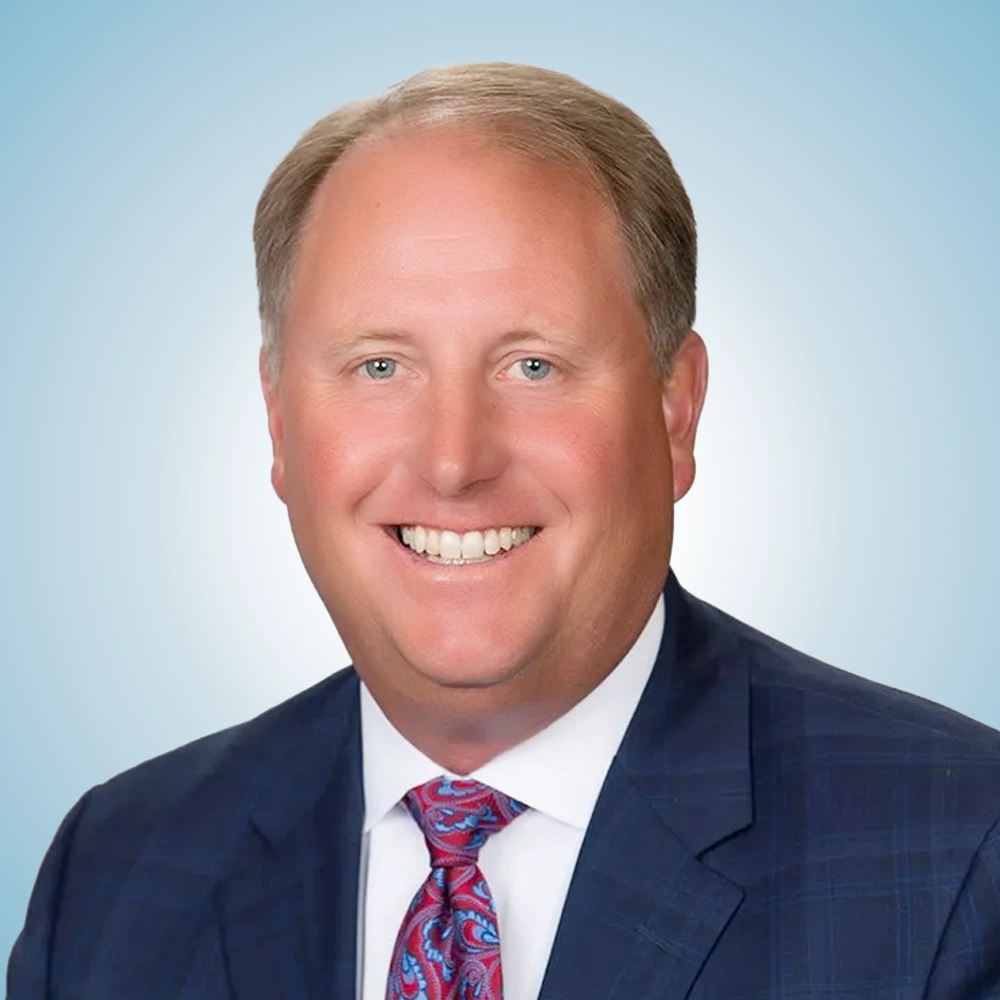Take Control of Your Bottom Line with Self-Insurance
In the traditional for-profit insurance model, an insurance carrier controls key factors that directly impact your workers’ compensation premiums. However, Self-insurance empowers employers to take an active role, removing the passive reliance on insurance carriers that often leads to frustration and higher costs. Here are the top differences between insurance carriers and self-insurance that allow business owners to take control and drive better outcomes.
Aggressive and Accountable Claims Management
Collaborative Claims Handling: Insurance carriers make claim decisions with little to no input from employers or regard for the employers’ best financial interest. In contrast, self-insured groups maintain skilled claims teams that solicit input from the employer allowing them to more fully understand all aspects of the injury and worker dynamics. This collaborative approach results in more informed decisions, greater efficiency, and lower costs for members.
Accurate and Transparent Reserve Practices: Claims management is the foundation of every worker’s comp program, including the critical task of setting and maintaining accurate reserves. For-profit insurance carriers have little financial incentive to ensure accuracy, as they retain control over reserves without input from policyholders, which often leads to inflated Ex-Mods that penalize the employer. In contrast, self-insured groups are regulated and monitored by the Office of Self-Insurance Plans, ensuring they are held accountable to maintain accurate reserves without inflating them for profit.
Fraud Prevention: Fraudulent claims drive up Experience Modification Rates (Ex-Mod) and damage workplace culture. Insurance carriers have little incentive to reduce your Ex-Mod or consider the broader impact on your business, often leaving you with unnecessary costs and challenges. In a self-insured group, members play an active role in holding the third-party claims administrator to a higher standard, with the Board of Trustees ensuring the members’ best interests are always prioritized.
Risk Management Support
Insurance carriers may or may not provide it. In Self-Insured Groups, it’s mandatory. Insurance carriers prioritize their own profitability over individual employers, while a self-insured group is a non-profit owned by its members, ensuring the best safety practices are prioritized. When one member wins, all members win.
Safety and Loss Control Services: By providing risk assessments and safety recommendations, we reduce workplace injuries, lower workers’ compensation costs, and save you money.
Safety Program Assistance: We help businesses create and maintain safety programs that enhance workplace safety and reduce injury rates.
Regular Communication and Review
Communication: Litigated claims drive up workers’ compensation costs, with poor communication being the leading cause of litigation. Insurance carriers have no obligation or incentive to communicate with the injured worker, often resulting in higher litigation rates. In a self-insured group, third-party claims team members are expected to maintain constant communication and engage with the injured worker. This proactive approach leads to significantly lower litigation rates compared to insurance carriers.
Claim Reviews: Regularly reviewing claims history and identifying changes in the work environment helps spot trends and areas for improvement. In a self-insured group, these reviews are encouraged and welcomed, unlike with insurance carriers, where engaging in such reviews only happens when it becomes financially beneficial for them.
Under the traditional insurance model, businesses have little control over key factors that directly affect their Ex-Mod and workers’ compensation premiums. Transitioning to self-insurance puts you in the driver’s seat, allowing you to stabilize rates, achieve better outcomes, reduce costs, and create a safer, more productive workplace.
Take Control of Your Future
Empower your business and protect your bottom line. Join a system built to work for you. To learn more about the advantages of self-insurance, visit ThePATHAlliance.com or call 559-558-4800.













